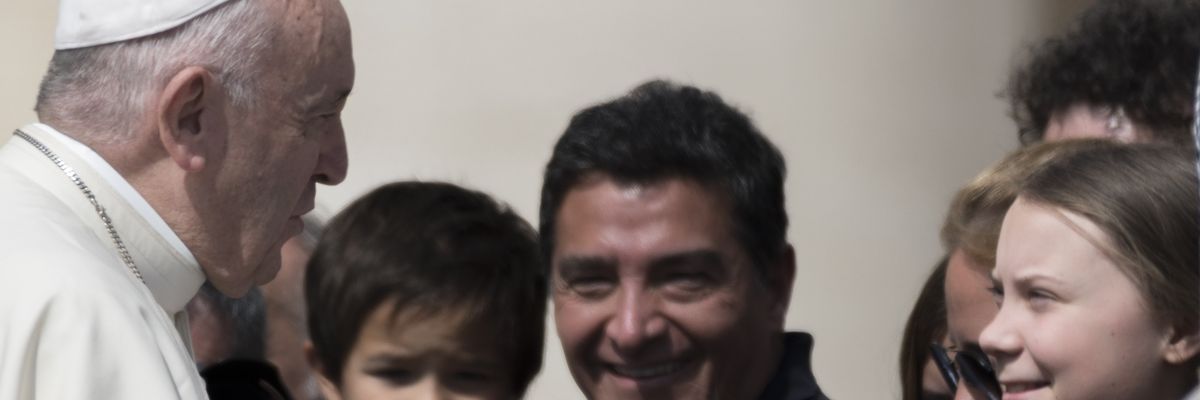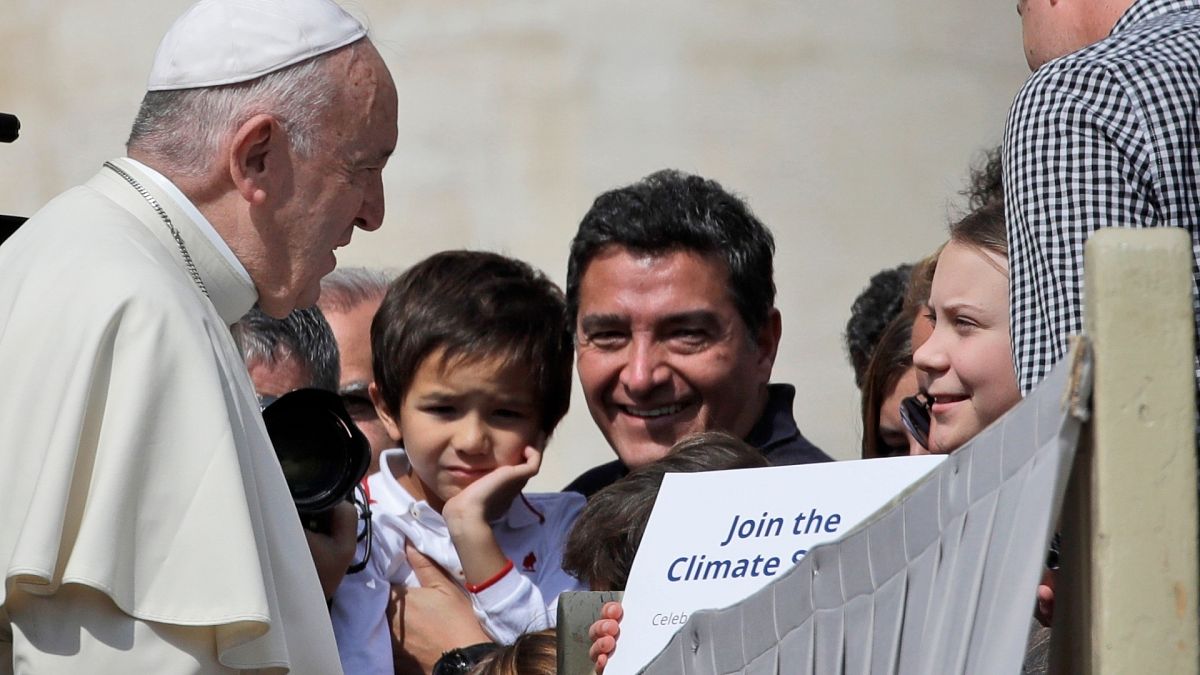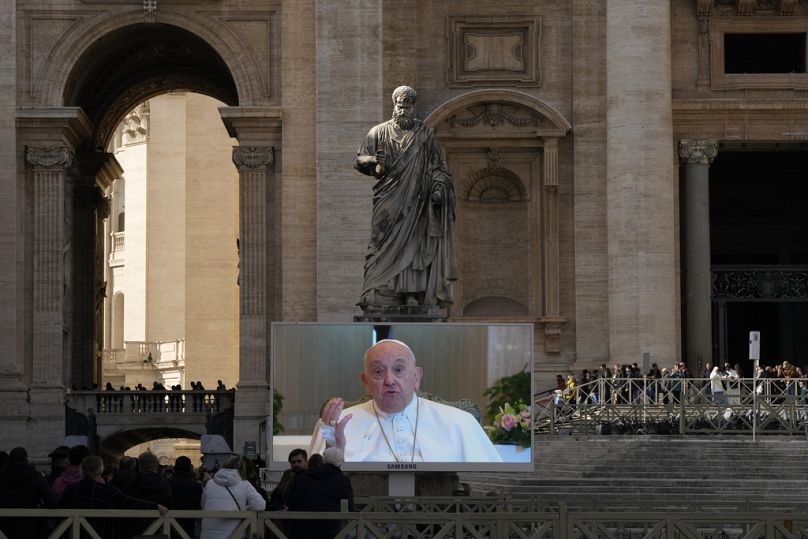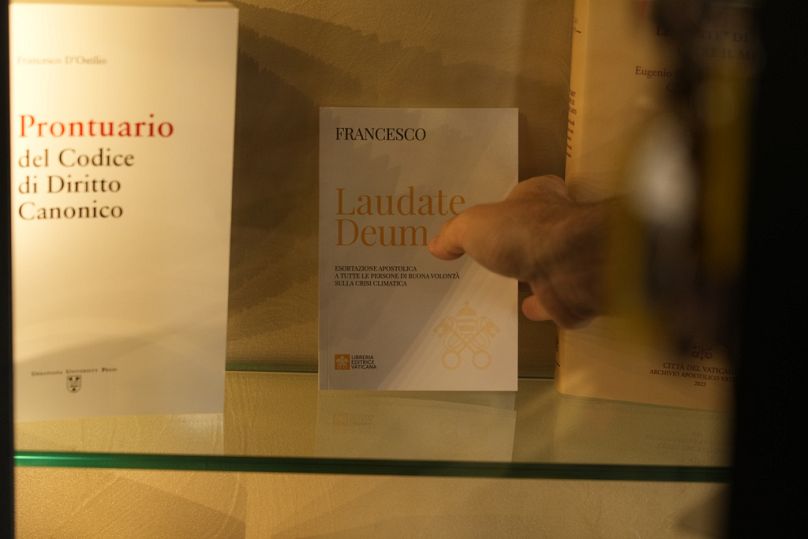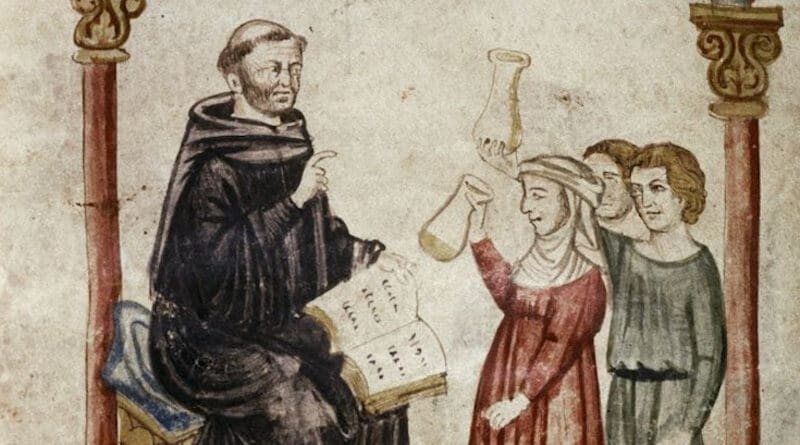Canadian experts urge protection for children from escalating heat in schools and child care settings
Extreme heat events caused by climate change jeopardize children’s health and learning; 40+ organizations issue urgent call to action
image:
The physical risks of extreme heat include heat stroke, exhaustion, rashes, and other related illnesses that can strike quickly. In a call to action, Canadian experts say children are particularly vulnerable to these serious health hazards
view moreCredit: CPCHE
As Canadians face increasingly intense and frequent heat waves, health, education and legal experts are sounding the alarm on a growing crisis: extreme heat in schools and child care settings due to the escalating effects of climate change.
Amid Government of Canada warnings of near record heat ahead in 2025, the Canadian Partnership for Children’s Health and Environment (CPCHE) and the Canadian Environmental Law Association (CELA) say Canada’s schools and child care facilities are ill-prepared and children are paying the price.
Released in parallel by CPCHE and CELA are detailed analyses and a call for immediate, coordinated efforts to safeguard children’s health, well-being, and learning in schools and child care settings across the country.
CPCHE’s summary of evidence and Collective Call for Action, signed by CPCHE and 40 partners and collaborators, including CELA, is complemented by twin CELA reports elaborating on the need for climate-resilient infrastructure.
“Experts nationwide representing a wide range of disciplines call on all levels of government to respond with urgency,” says CPCHE Executive Director Erica Phipps. “The climate crisis is already reshaping childhood in Canada. Whether children are learning in settings that nurture or harm them depends on decisions made today.”
“This isn’t just about comfort. It’s about protecting the health, safety, and future of every child in Canada.”
Children are especially at risk
Environment and Climate Change Canada (ECCC) predicts heat in 2025 will approach 2024 levels, the hottest on record. While models suggest 2025 may be slightly cooler than last year, it is virtually certain (>99% chance) to be hotter than every previous year.
The physical risks of extreme heat include heat stroke, exhaustion, rashes, and other related illnesses that can strike quickly.
CPCHE’s nationwide Call for Action says children are particularly vulnerable to these serious health hazards because:
- A child’s body produces more heat during activity and has a lower capacity to cool down through sweating than an adult’s
- They dehydrate faster than adults, and
- Young children may struggle to communicate feelings of overheating, placing great responsibility on caregivers and educators.
Children with disabilities or chronic health issues such as asthma, heart conditions, kidney problems, and mental or physical disabilities are especially susceptible. Research shows that even temperatures not deemed "extreme" can drive up emergency room visits for kids.
Meanwhile, the impacts go beyond physical. Hot classrooms can impair attention, memory, and emotional regulation, making it harder for students to learn. Studies link elevated temperatures to irritability, poor sleep, absenteeism, and reduced academic performance.
One U.S. study estimated that, without air conditioning, a 1°F (0.5°C) increase in temperature over a school year led to a 1% decline in learning. Another estimated a 4.5% reduction in student performance on a high school exam taken on a 32.2°C day relative to a 21.1°C day.
Heat deepens inequities
The CPCHE Collective Call for Action and CELA’s research underscore a troubling reality: extreme heat amplifies social inequities.
“Children in under-resourced and under-served communities often live in areas with less green space, denser housing, and limited access to cooling at home or school,” says CELA Counsel Jacqueline Wilson. “Many attend schools without air conditioning or outdoor shade — conditions that turn already hot days into dangerous ones. Indigenous children, in particular, face additional layers of vulnerability due to systemic underfunding of infrastructure on First Nations lands, including education and child care facilities.”
Without targeted investment, Canada risks leaving thousands of children in dangerously overheated classrooms and child care facilities, where the stakes are not just academic, but a matter of health, safety, and justice.
Overheated classrooms and playgrounds: A national problem
Communities all across Canada are seeing an increase in the number of extreme heat events. The number of days above 30°C is expected to double or triple in some parts of Canada by 2050 due to climate change.
CPCHE underlines that Canada’s educational infrastructure is lagging behind the changing climate, noting media reports that few schools in Quebec and Nova Scotia have air-conditioned classrooms. Similar reports suggest that less than a third of schools in Toronto have central air; in Winnipeg, dozens of facilities operate without any cooling systems at all.
Indoor temperatures during heat events can soar well beyond the recommended maximum for residential settings — of 26°C — an upper limit based on adult tolerances, not children's. Overheated classrooms may discourage school attendance, disrupting education and deny refuge to students whose homes also lack air conditioning.
Pavement and other artificial surfaces can trap heat in playgrounds and outdoor learning spaces, pushing surface temperatures to dangerous levels. In an Arizona study, school playgrounds were the hottest spots measured. Shade is too often a luxury — more available in affluent schools than in lower-income areas. The increasing use of artificial turf is eclipsing the heat resilience offered by grass and vegetation, while posing additional health risks associated with toxic chemicals and microplastics.
The CELA reports stress that the crisis is especially acute in First Nations communities, where chronic underfunding has left housing, child care centres, and schools ill-equipped to withstand extreme weather. Indigenous children face disproportionate exposure to poor air quality, wildfire smoke, and extreme heat, raising serious environmental justice concerns.
Blueprint for safer, cooler learning environments
CPCHE, CELA and partners lay out a detailed action plan to adapt Canada’s schools and child care settings to extreme heat. Central to the plan is adopting a maximum indoor temperature standard of 26°C. This threshold, they argue, must be supported with real investment—especially in under-resourced communities.
Key recommendations include:
- Mechanical cooling systems: Schools and child care centres must install or upgrade HVAC systems and ensure that indoor spaces can maintain a maximum temperature of 26 degrees Celsius, prioritizing low-energy and zero-carbon technologies like heat pumps.
- Building retrofits: Investments should go beyond cooling. Retrofitting buildings for energy efficiency—through improved insulation, cool roofing, and energy efficient ventilation—will also help reduce emissions and energy costs.
- Passive and behavioural measures: From window shading to turning off heat-generating electronics, simple strategies can help manage indoor temperatures. But schools and child care programs need guidance, training, and resources to implement them effectively.
- Greener outdoor spaces: More trees, natural ground cover, and shade structures are essential. CPCHE also recommends restricting dark pavement and banning the use of artificial turf due to its heat-trapping and environmental and health risks.
- Data collection and monitoring: Better data on indoor temperatures and impacts of heat on student health is needed to inform heat mitigation strategies. Temperature monitoring should be standard, and heat response plans must be in place and clearly communicated.
The CELA reports underline a finding by Statistics Canada that much of the country’s educational infrastructure is over 15 years old, with many facilities nearing the end of their usable lifespan. In Toronto, for example, the average public school is over 60 years old, and fewer than one-third have central air conditioning.
They also cite the Assembly of First Nations to point out that current federal funding only meets about 23% of the capital needs of Indigenous schools. The result: overcrowded classrooms, outdated facilities, and, in many cases, schools unfit to provide safe and healthy learning environments during extreme heat. At least 202 First Nations schools require expansions, and 56 need complete replacement, a situation that requires the Federal Government’s co-development of strategies with First Nations to promote climate resiliency, including extreme heat, in First Nations schools and child care facilities.
Comments
“The harmful physiological effects of indoor overheating have been well researched. Emerging evidence is reinforcing the message that prolonged exposure to indoor temperatures greater than 26°C should be avoided to protect people susceptible to heat. Children, the elderly, and individuals with chronic health conditions are particularly vulnerable.”
- Dr. Glen Kenny, Director, Human and Environmental Physiology Unit, University of Ottawa
“Parents and families across Canada are sounding the alarm about the effects of the climate crisis on their children, including the rising incidence of extreme heat. We enthusiastically endorse this collective Call for Action because it sets forth a holistic and equity-focused strategy for action—one that puts children first. That means involving communities in planning, and prioritizing those disproportionately impacted by extreme heat not only in their schools and child care settings, but also in their homes and neighbourhoods. Our collective vision is for solutions that don’t just cool educational settings, but build greener, more resilient environments for all.”
- Anne Keary, For Our Kids
“Climate change, including escalating extreme heat events, poses real threats to children’s physical and mental health. With a mandate for cross-sectoral collaboration to reduce exposure to health hazards and improve health equity, local public health agencies are well-positioned to work with school boards, child care providers and other community partners to ensure educational settings are equipped with heat-health protective infrastructure to reduce climate risks for children in the face of a rapidly warming planet."
- Helen Doyle, Canadian Public Health Association (CPHA) member, and Chair, Environmental Health Workgroup, Ontario Public Health Association (OPHA)
“The benefits of outdoor play and learning for children’s social, emotional and cognitive development are undisputed. Simply put, children thrive when they have ample time outdoors. Without proactive measures now to create heat-resilient outdoor play and learning settings, climate change will take an even greater toll on our children and their futures. This collective Call for Action outlines the path forward to climate-resilient learning environments for all children, both indoors and out.”
- Louise de Lannoy, Executive Director, Outdoor Play Canada
* * * * *
Signatories to the Call to Action are organizations devoted to public health, environmental protection, climate action, legal aid, social justice, education, early learning and child care, occupational health and safety, and parent advocacy:
- Canadian Partnership for Children’s Health and Environment (CPCHE)
- Canadian Environmental Law Association (CELA)*
- Canadian Association of Physicians for the Environment (CAPE)*
- Canadian Association of Nurses for the Environment (CANE)*
- Canadian Child Care Federation (CCCF)*
- Center for Environmental Health Equity (CEHE)*
- Environmental Health Clinic at Women’s College Hospital*
- Little Things Matter**
- Ontario Public Health Association (OPHA)*
- Pollution Probe*
- Prenatal Environmental Health Education (PEHE) Collaboration**
- Andrew Fleck Children’s Services
- Association of Early Childhood Educators of Newfoundland and Labrador (AECENL)
- Association of Early Childhood Educators of Nova Scotia (AECENS)
- BC Society of Transition Houses (BCSTH)
- Canadian Health Association for Sustainability and Equity (CHASE)
- Canadian Institute of Public Health Inspectors - Ontario Branch (CIPHI-O)
- Canadian Public Health Association (CPHA)
- Citizens’ Climate Lobby - Toronto (CCL-T)
- Clean Air Partnership
- Climate Action for Lifelong Learners (CALL)
- Climate Emergency Unit
- Climate Legacy
- EcoSchools
- Efficiency Canada
- Environmental Defence
- Environmental Education Ontario
- First Call Child and Youth Advocacy Society
- For Our Kids
- Green Communities Canada
- Health Providers Against Poverty (HPAP)
- Just Futures Kingston
- Low-Income Energy Network (LIEN)
- New Brunswick Lung
- Outdoor Play Canada
- Prevent Cancer Now
- Seniors for Climate Action Now!
- Take Me Outside
- The CHANGE Research Lab
- The Climate Reality Project Canada
- Windfall Ecology Centre
* * * * *
Available for comment:
Erica Phipps, MPH, PhD, Executive Director, CPCHE
Jacqueline Wilson, Legal Counsel, CELA
Helen Doyle, B.Sc., CPHI(C) - Ontario Public Health Association/Canadian Public Health Association
Glen P. Kenny; PhD (Med), FCAHS, FACSM, Director, Human and Environmental Physiology Research Unit, University of Ottawa; Lead investigator, Operation Heat Shield Canada

